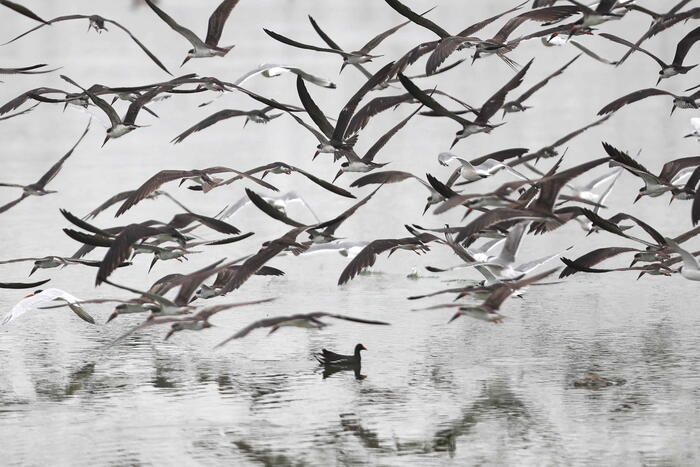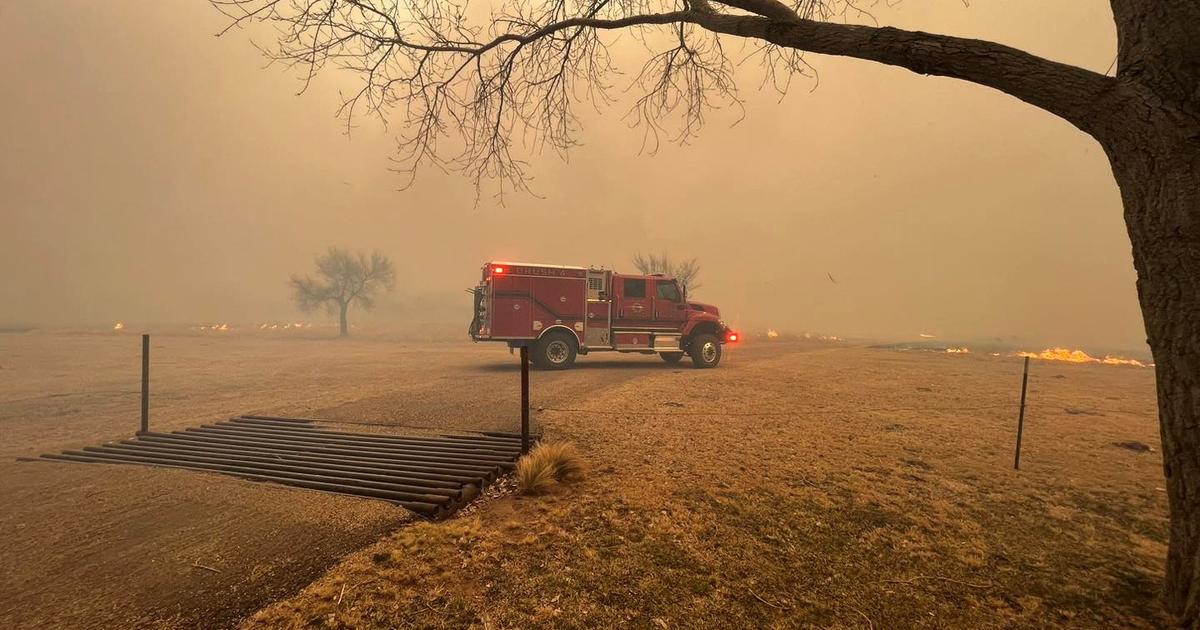Desert lynx, Corsican-Sardinian deer, birds, rodents and reptiles ... So many animal species living in the wild faced with the threat of flames in the Mediterranean basin, but also in Russia.
And the World Wide Fund for Nature (WWF) is worried.
"Globally, man-made fires compromise the survival of wildlife, killed or injured by direct contact with smoke and flames or suffering from significant habitat destruction," explains Margaret Kinnaird, manager. NGO fauna.
Read alsoFires are raging in southern Europe, evacuated villagers and tourists
However, it is difficult to know what the exact impact will be on each species, in particular those already threatened, adds Craig Hilton-Taylor, head of the Red List of the International Union for the Conservation of Nature (IUCN).
This list lists animal and plant species according to their risk of extinction.
"There are so many fires that it is impossible to know which ones are serious and will have an impact", which also depends on the ability of the species to flee or resist the flames, "some may even thrive after a fire".
Brief inventory:
Turkey
According to the first observations of the WWF, “the forests and the mountains of the provinces of Mugla and Antalya, where the iconic species of the caracal (or lynx of the desert, a feline) and the wild goat reside, suffered significant damage. ".
These territories are also home to an endemic species of rodent, the woolly lemongrass, continues WWF.
“The local populations of 121 endangered species for Antalya and 87 endangered species for Mugla could have been affected, including five species of owls, five of woodpeckers, 21 of reptiles and amphibians”, specifies the NGO.
Greece
WWF speaks of "major disasters", "the recent forest fires having struck vital ecosystems and countless wild and domestic animals".
“Northern Attica is the only area in southern Greece where the critically endangered red deer still lives” in the country.
Europe's largest forest deer has suffered from poaching and habitat destruction.
This area is also home to two packs of gray wolves, a species protected at European level and is an important area for animals living in coniferous forests (foxes, squirrels, woodcock), explains WWF.
Italy
Aspromonte National Park, which stretches across much of the Calabria region, has experienced several fires. It is home to, among other things, a rare small rodent endemic to the area, similar to a dormouse (Dryomys nitedula aspromontis) and hundred-year-old trees. "In Sardinia, one of the regions richest in biodiversity in the Mediterranean, the flames also threaten the survival of several endemic species", worries WWF, including the Sardo-Corsican deer, saved from extinction in the 1980s, the partridge gambra and the Sardinian hare.
The fires also killed a large number of reptiles, including bordered turtles, deplores the NGO.
“Any destruction of forest habitats in central and southern Italy, such as those destroyed by the flames in Abruzzo, Sardinia, Puglia and Sicily, has a strong impact on wildlife and important ecosystems already threatened by fragmentation, land transformation, hunting, poaching and illegal logging, ”insists WWF.
France
A violent fire in the Var has partly devastated the Plaine des Maures nature reserve, one of the "last spots to shelter the Hermann tortoise, the last land turtle in Europe" indicates Concha Agero, deputy director of the 'French Biodiversity Office (OFB).
Hermann's tortoise lives in France only in the Var and Corsica.
Its population is estimated at 15,000 in the Var, including 10,000 on the reserve alone.
"We hope that as in previous fires, it is buried underground and that some are only partially burned," she adds.
Russia
In Russia, the vast forests of the Siberian Republic of Yakutia are engulfed in flames "which threaten many large animals living in the protected areas of the region", species common in this area such as elk, wild reindeer, roe deer. , the brown bear, the wolverine, the lynx and the flying squirrel and rarer species such as the musk deer (recognizable by its two upper canines in the form of long tapered fangs), the snow sheep, a species of groundhog, whooping crane, black crane, gyrfalcon, peregrine falcon, white-tailed eagle and golden eagle, the WWF lists.














